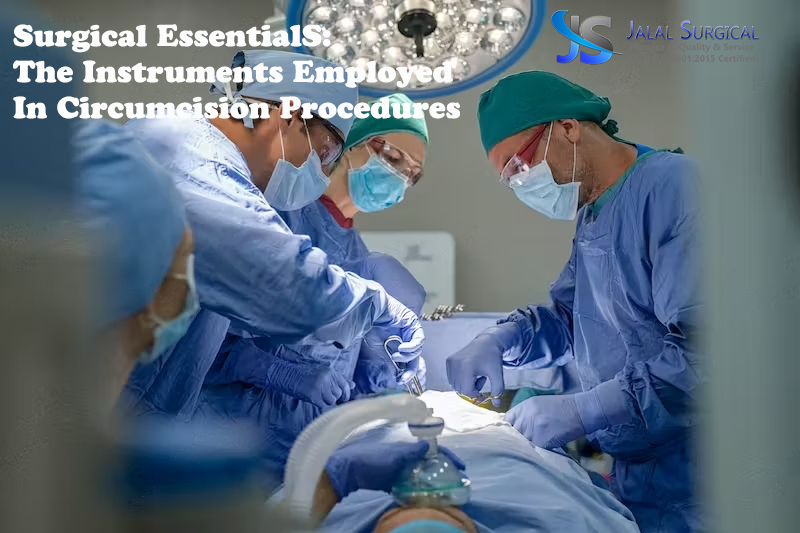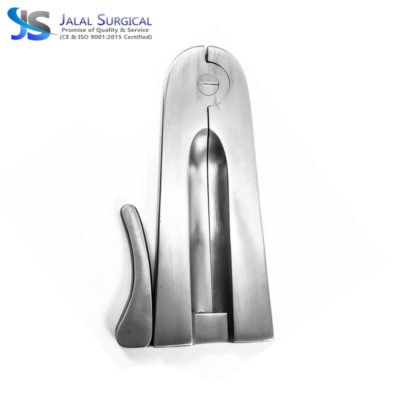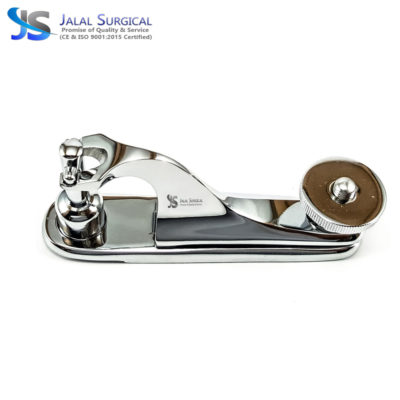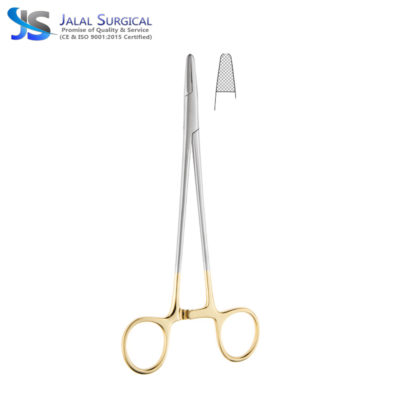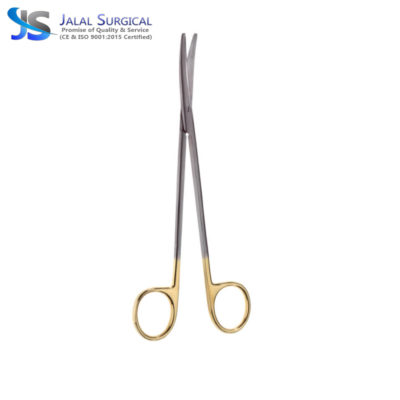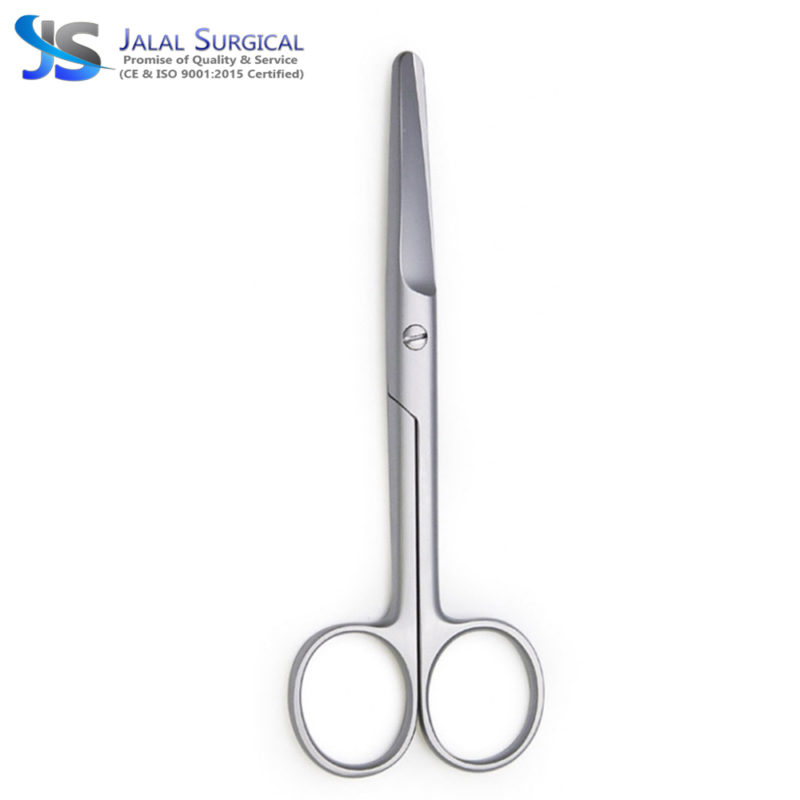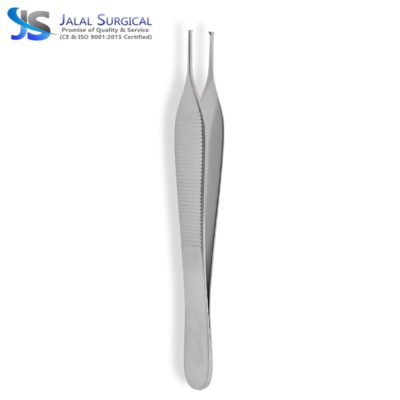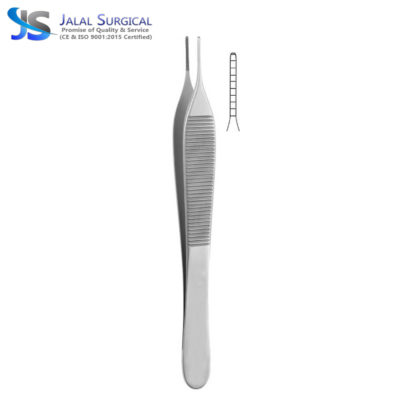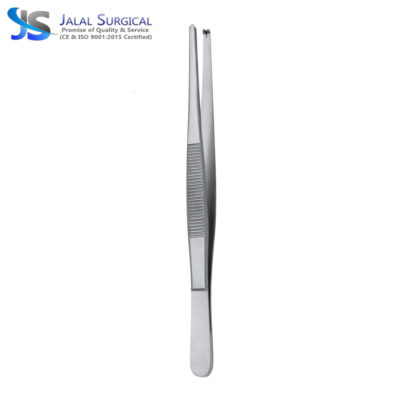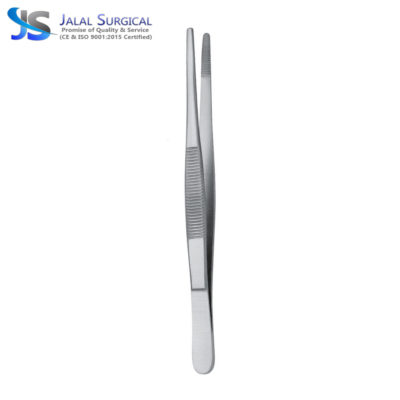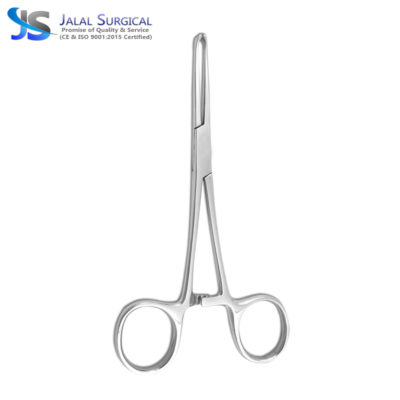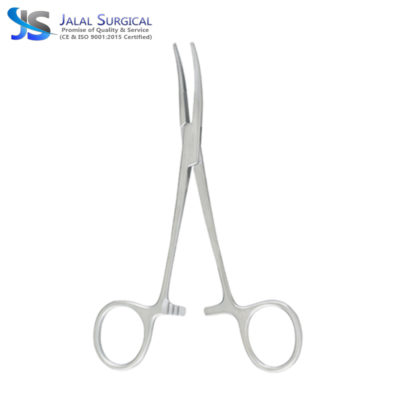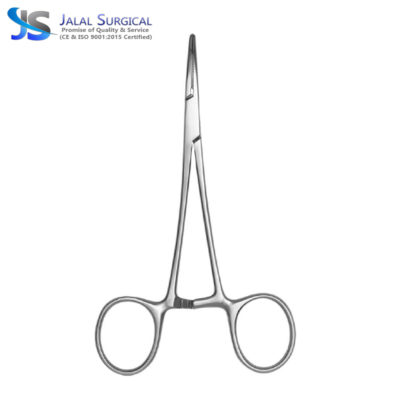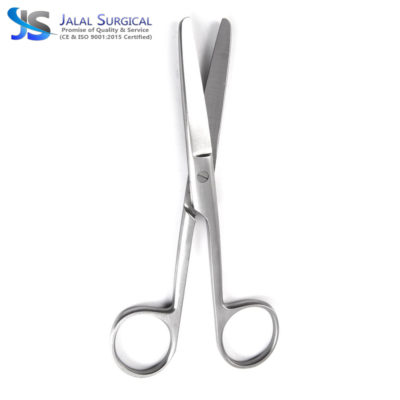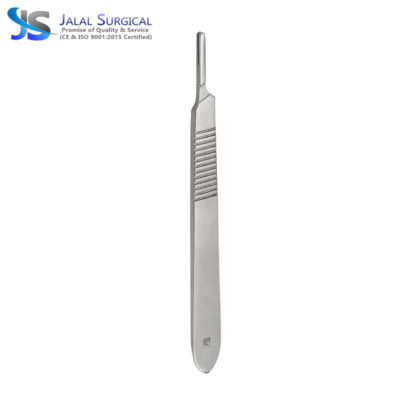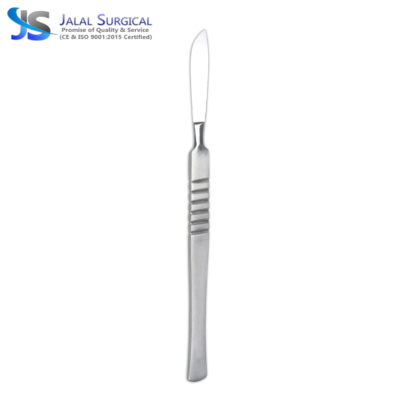Urology Instruments
What are tools And instruments used for Adult Male circumcision?
What Is CIRCUMCISION sURGERY?
Circumcision surgery is a medical procedure that involves the removal of the foreskin, the fold of skin covering the head (glans) of the penis. This surgical intervention is one of the oldest and most common procedures worldwide, often performed for cultural, religious, or medical reasons. The surgery can be carried out in various ways, with techniques such as the Gomco clamp, the Plastibell device, and the Mogen clamp being commonly employed. Circumcision is associated with several potential benefits, including reduced risks of certain infections, such as urinary tract infections and sexually transmitted infections, as well as a decreased likelihood of penile cancer.
pros and cons of Circumcision Surgery
Circumcision is a surgical procedure that involves the removal of the foreskin, the fold of skin that covers the tip of the penis. The decision to undergo circumcision is often influenced by cultural, religious, or medical reasons. Here are some pros and cons associated with circumcision:
Pros:
- Hygiene: Circumcision may make it easier to clean the penis, as there is no foreskin to trap bacteria and other substances. This could potentially reduce the risk of certain infections.
- Reduced Risk of Infections: Circumcision has been associated with a lower risk of urinary tract infections (UTIs) in infants and a reduced risk of sexually transmitted infections (STIs) in adults.
- Lower Risk of Penile Cancer: Circumcision has been linked to a decreased risk of penile cancer, although this type of cancer is rare.
- Prevention of Phimosis and Paraphimosis: Circumcision can prevent conditions like phimosis (tightening of the foreskin) and paraphimosis (retraction of the foreskin that cannot be returned to its original position).
- Cultural and Religious Reasons: Some communities or religions practice circumcision as a cultural or religious tradition.
Cons:
- Pain and Discomfort: Circumcision is a surgical procedure that involves cutting and removing tissue, which can lead to pain and discomfort, especially in the days following the surgery.
- Risk of Complications: Like any surgical procedure, circumcision carries a risk of complications such as infection, excessive bleeding, or an adverse reaction to anesthesia.
- Loss of Sensitivity: Some argue that circumcision may reduce sensitivity and sexual pleasure due to the removal of the foreskin, which contains numerous nerve endings.
- Ethical Concerns: Circumcision is sometimes performed on infants without their consent, raising ethical concerns about the right to bodily autonomy.
- No Medical Necessity: In many cases, circumcision is not medically necessary. The potential benefits, such as reduced infection risk, can often be mitigated through good hygiene practices.
Circumcision Surgery at Home
Circumcision is a surgical procedure that should only be performed by trained healthcare professionals in a controlled environment, such as a hospital or clinic. Attempting to circumcise at home can lead to severe complications, including excessive bleeding, infection, and irreparable damage to the penis.
Circumcision with Surgery:
- Professional Expertise: Circumcision performed in a medical setting involves trained healthcare professionals who have the knowledge and skills to carry out the procedure safely.
- Anesthesia: Surgical circumcision is typically performed under local or general anesthesia to minimize pain and discomfort during the procedure.
- Sterile Environment: The surgery is conducted in a sterile environment to reduce the risk of infections.
- Instrumentation: Surgical circumcision involves the use of specialized instruments designed for the procedure.
- Postoperative Care: After the surgery, patients receive appropriate postoperative care, including wound management and pain control.
Circumcision without Surgery:
- Lack of Professional Oversight: Performing circumcision at home lacks the professional oversight of a trained medical practitioner, increasing the risk of complications.
- Pain and Discomfort: Without proper anesthesia, the procedure is likely to be extremely painful.
- Risk of Infection: The home environment is not sterile, increasing the risk of infection during and after the procedure.
- Improper Tools: Non-medical Circumcison tools used at home may not be suitable for the procedure and can lead to injury.
- Potential for Severe Complications: Home circumcision can result in severe complications, including uncontrolled bleeding, infection, and permanent damage to the penis.
What tools are used in a Circumcision Surgery?
Several tools and instruments are used in circumcision surgery, and the choice of instruments may vary based on the surgical technique employed. Here are some common tools used in circumcision procedures:
- Backhaus Towel Forceps
- Murphy‐Pean Forceps
- Allis Forceps Straight
- Kelly Artery Forceps
- Halstead Mosquito Forceps
- Operating Scissors
- Scalpel Handle No 3
- Flat Handle Scalpel
- Surgical Probe
Mogen Clamp Circumcision Instruments
Mogen circumcision clamp are medical Tool specifically designed for use in the field of male circumcision. Healthcare professionals employ this clamp during circumcision procedures to secure and facilitate the removal of the foreskin. Its design allows for a precise and efficient circumcision process, minimizing the risk of complications and promoting a more straightforward surgical experience. The newborn circumcision Mogen clamp is recognized for its simplicity and effectiveness, making it a preferred tool for medical practitioners performing circumcisions. It plays a crucial role in the male Circumcision Kit, ensuring the safety and accuracy of the procedure while adhering to established medical standards and protocols.
Gomco Clamp Circumcision Instruments
Newborn circumcision gomco clamp is a surgical procedure and plays a crucial role in self circumcision Tools kit, performed to remove the foreskin from the penis. The gomco clamps, a device used in this procedure, provide care, a controlled and efficient method for circumcisions. It consists of a bell-shaped dome that covers the glans and a clamp that secures the foreskin for precise removal. Gomco Clamp Available in Different Sizes Such as (1.1cm, 1.3cm, 1.45, 1.6cm, 2.1cm, 2.6cm). With a focus on precision and ease of use, these clamps ensure a streamlined process of circumcision, minimizing discomfort for patients and enhancing the overall efficiency of the procedure.
What is difference between Gomco Clamp Instruments and Mogen Clamp Circumcision?
Gomco clamp is a crushing-type device that is commonly utilized for neonatal circumcisions. It consists of three parts – the bell, baseplate, and screw – and functions by crushing and removing the foreskin. This method is known for its reliability and is often preferred for its ability to control bleeding effectively.
The Mogen clamp is recognized for its simplicity and efficiency in achieving a quick and bloodless circumcision. It features a hinged, crescent-shaped blade that enables a swift excision, making it well-suited for situations where a faster procedure is desired.
Mayo Needle Holder
Mayo Needle Holder serves a crucial role in the field of circumcision by providing a secure and precise grip on surgical needles during the procedure. Its design, with a locking mechanism and elongated handles, allows surgeons to manipulate needles with ease, ensuring accurate stitching and minimizing the risk of accidental needle slippage. The Mayo needle holder’s sturdy construction and ergonomic design make it an essential tool for maintaining control and precision in suturing during circumcision surgeries. Its use contributes to the overall efficiency and safety of the procedure, facilitating the surgeon’s ability to create neat and reliable incisions and closures in this delicate surgical context.
Circumcision Metzenbaum Scissors
Metzenbaum Scissors are commonly used in the field of circumcision for precise and delicate tissue dissection. Designed with fine, curved blades and a delicate structure, these scissors are well-suited for the meticulous nature of circumcision procedures. The curved blades allow for controlled cutting of tissues with minimal trauma, enhancing the surgeon’s ability to navigate the intricate anatomy involved in the circumcision process. The Metzenbaum scissor sharpness and precision make them an ideal instrument for achieving clean incisions while minimizing the risk of unintended damage to surrounding tissues. Overall, these scissors play a crucial role in ensuring a safe and effective circumcision procedure, contributing to optimal patient outcomes.
Circumcision Mayo Scissors
Mayo scissors play a crucial Instruments in the field of circumcision, a surgical procedure involving the removal of the foreskin from the penis. These specialized scissors are designed with blunt tips and relatively short blades, allowing for precise and controlled cutting of tissues. Mayo Surgical scissors are utilized to make incisions during the circumcision process, ensuring clean and accurate cuts while minimizing the risk of unintended injuries. Their sturdy construction and ergonomic design enable surgeons to navigate delicate anatomical structures with confidence, promoting both efficiency and safety in the circumcision procedure. As a fundamental instrument in this surgical context, Mayo Dissecting Scissors contribute to the overall success of circumcisions by facilitating the careful and skillful removal of the foreskin.
What is difference between Metzenbaum and Mayo Scissors?
Metzenbaum scissors, characterized by their delicate and curved design, are ideally suited for precise tissue dissection and fine cutting during the initial stages of the procedure. Their slender blades allow for meticulous control, facilitating the careful separation of tissues.
Mayo scissors, with their robust construction and blunt tips, are commonly utilized for cutting through tougher tissues and sutures. In the context of circumcision, Mayo scissors may be used for the initial incision or for handling thicker tissues that require a more robust cutting instrument.
Adson Tissue Forceps With Teeth
Adson Tissue Forceps are crucial Instruments in the field of circumcision, facilitating precise and controlled tissue manipulation. These forceps are designed with fine tips and delicate serrations, allowing surgeons to grasp and hold delicate tissues with accuracy. In circumcision procedures, Adson Thumb Tissue Forceps are used to secure and handle the foreskin, enabling surgeons to execute meticulous incisions and excisions. The instrument’s slender profile and smooth maneuverability contribute to minimizing tissue trauma and ensuring a more efficient and controlled surgical process. The Toothed Adson Forceps are a valuable tool in the hands of surgeons performing circumcisions, enhancing their ability to achieve optimal results while prioritizing patient safety and comfort.
Adson Dressing Thumb Forceps
Adson Dressing Forceps are versatile surgical instruments primarily designed for handling and manipulating dressings during medical procedures. In the field of circumcision, these forceps play a crucial role in managing and securing the dressing applied to the surgical site. The fine tips and toothed structure of Adson Dressing Forceps allow for precise grasping of delicate dressing materials, ensuring a secure and accurate placement around the circumcision wound. This facilitates the dressing process, promoting effective wound care and minimizing the risk of complications. The forceps’ design enables healthcare professionals to navigate the intricacies of the circumcision procedure with precision, contributing to the overall success and postoperative well-being of the patient.
What is the difference between Tissue forcep and Adson forcep?
Adson Tissue Forceps are specifically designed for grasping delicate tissues such as the foreskin, allowing for precise manipulation and control during the dissection phase. Their fine tips and serrated jaws facilitate a secure grip on tissue without causing excessive trauma.
Adson Dressing Forceps are more commonly employed for handling sterile dressings and sutures post-circumcision. These forceps are characterized by their non-serrated, atraumatic tips, making them suitable for a gentler touch when dealing with dressing materials.
Thumb Tissue Forceps
Thumb tissue forceps are crucial instruments in the field of circumcision, specifically designed to facilitate the delicate and precise handling of tissue during the procedure. These forceps feature a unique design that allows the surgeon to grip and manipulate the tissue with optimal control, ensuring accuracy and minimizing the risk of unintended damage. The thumb-operated mechanism enhances the surgeon’s skill, enabling them to perform meticulous maneuvers required for the circumcision process. With a focus on safety and precision, thumb dissection forceps play a vital role in maintaining a sterile and controlled surgical environment, ultimately contributing to the successful execution of circumcisions with minimal complications.
Thumb Dressing Forceps
Thumb Dressing Forceps are crucial instruments in the field of circumcision, serving a specific and essential purpose during the surgical procedure. These forceps are designed with precision to facilitate the gentle handling and manipulation of sterile dressings and surgical materials. In the context of circumcision, Dressing forceps are employed to delicately secure and position sterile gauze or other dressing materials around the surgical site. The thumb-operated mechanism allows for a surgeon’s skill and control, ensuring a meticulous application of dressings to promote hygiene, prevent infection, and aid in the healing process. These forceps play a vital role in maintaining a sterile environment and precise wound management, contributing to the overall success and safety of the circumcision procedure.
What is the difference between tissue forceps and dressing forceps?
Tissue Forceps are employed to firmly grasp and manipulate delicate tissues during the surgery, ensuring precise control and minimizing the risk of unintended damage. These forceps are especially valuable when handling the foreskin and other sensitive tissues.
Dressing Forceps are instrumental in handling and placing sterile dressings after the circumcision to promote proper wound healing. Their fine tips allow for accurate and atraumatic handling of dressings, minimizing the risk of contamination.
Backhaus Towel Clamps
Backhaus Towel Clamp Forceps serves as a crucial instruments in the field of circumcision, playing a pivotal role in maintaining a sterile and controlled surgical environment. Designed with precision, this clamp is specifically employed to secure surgical drapes and towels, ensuring that the operative area remains isolated and free from contaminants during the circumcision procedure. Its robust yet gentle grip allows for effective draping, facilitating optimal visibility and access for the surgeon while minimizing the risk of infection. The Backhaus Towel Clamp contributes to the overall success and safety of the circumcision process by upholding stringent hygiene standards and providing the necessary stability for a meticulous and controlled surgical setting.
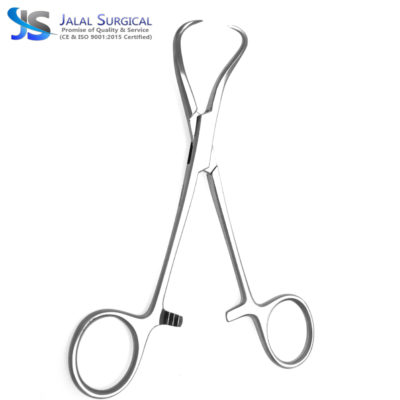
Pince Pean Murphy Forceps
The Pince Pean Murphy Forceps play a crucial Instruments in the field of circumcision, serving as a versatile and essential instrument during the surgical procedure. These forceps are specifically designed with a locking mechanism, enabling a secure grip on tissues and facilitating precise control during tissue manipulation. In the context of circumcision, Pean Murphy Forceps are employed to grasp and manipulate the foreskin, ensuring controlled and accurate incisions. The locking feature aids in maintaining a stable hold on the tissue, minimizing the risk of unintended slippage or injury. The forceps’ design enhances the surgeon’s skill, contributing to a smoother and more controlled circumcision process. Overall, Pince Murphy Forceps are invaluable tools in the hands of medical professionals performing circumcisions, ensuring both efficiency and safety in the surgical procedure.
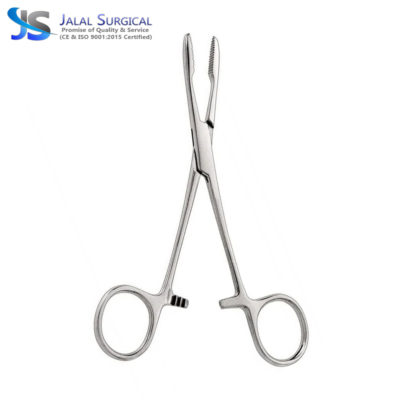
Allis Tissue Forceps
Allis tissue forceps play a crucial role in the field of circumcision, a surgical procedure involving the removal of the foreskin from the penis. These forceps are designed with a toothed grip that allows for secure and effective grasping of tissue, facilitating the surgeon’s precision and control during the procedure. In the context of circumcision, Allis Adair tissue forceps are utilized to securely hold and manipulate the foreskin, aiding in its careful retraction and subsequent excision. The toothed jaws of the forceps ensure a firm grip on the tissue, minimizing the risk of slippage and enhancing the surgeon’s ability to perform precise and controlled maneuvers. The intended use of Allis-Adair Tissue Forceps in circumcision exemplifies their importance in achieving optimal surgical outcomes while prioritizing patient safety and procedural accuracy.
Kelly Hemostatic Forceps Curved
Curved Kelly Hemostatic Forceps are indispensable tools in the field of circumcision, specifically designed to assist surgeons in achieving precise hemostasis during the procedure. Their curved jaws and delicate tips enable surgeons to grasp and control blood vessels with accuracy, minimizing the risk of excessive bleeding. Kelly Haemostatic forceps are instrumental in securing blood vessels before they are ligated or cauterized, ensuring a controlled and efficient circumcision process. The ergonomic design of Kelly Hemostat Forceps Curved allows for enhanced maneuverability in the surgical field, making them a valuable asset for surgeons seeking optimal control and precision in managing vascular structures during circumcisions.
Halstead Mosquito Hemostatic Forceps
Halstead Mosquito Hemostatic Forceps are a crucial instrument in the field of circumcision, primarily designed to control bleeding during the procedure. With their fine, serrated jaws and locking mechanism, these forceps efficiently grasp and secure small blood vessels, minimizing the risk of excessive bleeding. The forceps provide:
- Precise hemostasis.
- Allowing surgeons to work with accuracy and confidence.
- Ensuring a safer and more controlled circumcision process.
Their compact size and ease of handling make them particularly suitable for delicate procedures, enhancing surgical outcomes and reducing the overall risk of complications. Mosquito Hemostat Forceps Curved have become an indispensable tool in the hands of medical professionals performing circumcisions, contributing to the efficiency and safety of this common surgical intervention.
What is the difference between Kelly and Mosquito Hemostats?
Kelly Artery forceps, with their longer and more robust design, are often utilized for grasping and manipulating larger tissues, such as handling the foreskin during the initial stages of the procedure. Their serrated jaws provide a secure grip, allowing surgeons precise control while minimizing the risk of slippage.
Halsted Mosquito Forceps are finer and more delicate, making them ideal for handling smaller tissues and achieving more intricate tasks. Hartman Mosquito Forceps are particularly useful in tasks that demand precision, such as controlling bleeding and manipulating delicate structures.
Operating Scissors Blunt Blunt
Operating scissors with blunt-blunt tips plays a crucial role in the field of circumcision, ensuring precision and safety during the surgical procedure. Specifically designed for delicate tissues and intricate maneuvers, these Surgical scissors are adept at cutting without causing unnecessary trauma or injury. The blunt tips minimize the risk of accidental punctures or nicks, enhancing the overall safety profile of the circumcision process. Surgeons rely on the precision and control provided by blunt-blunt operating scissor to navigate the complexities of the procedure, promoting optimal outcomes and minimizing post-operative complications. The specialized design of these scissors makes them an indispensable tool in the hands of medical professionals performing circumcisions, contributing to the efficacy and safety of this common surgical practice.
Scalpel Handle No 3
Scalpel Handle No. 3 is a crucial instrument in the field of circumcision, specifically designed for precision and control during the surgical procedure. Its slender and ergonomic design allows for a comfortable grip, enabling surgeons to execute intricate incisions with accuracy. The No. 3 handle accommodates a variety of blade sizes, facilitating customization based on the surgeon’s preference and the specific requirements of the circumcision. With its efficient design and compatibility with different blades, the Scalpel Handle No 3 ensures optimal maneuverability and ease of use, contributing to the safety and success of circumcision procedures in a clinical setting.
Concave Scalpel Handle With Blade
Concave Scalpel Handle with a blade is a specialized instrument designed for precise and efficient use in the field of circumcision. Its unique concave shape allows for a comfortable grip and enhanced control during the procedure, ensuring the surgeon’s skill and accuracy. The Scalpel handle accommodates a sharp and sterile blade specifically tailored for circumcision, minimizing tissue trauma and promoting a clean incision. This instrument is crucial in facilitating the delicate and intricate nature of circumcision procedures, where precision is paramount for both medical effectiveness and patient comfort. The ergonomic design of the concave handle, coupled with a sharp, sterile blade, exemplifies its suitability for the specialized and sensitive context of circumcision within the medical field.
Difference Between Concave Scalpel Handle and Scalpel Handle No 3
Concave Scalpel Handle is specifically designed to enhance precision and control during the delicate procedure. Its ergonomic shape allows for a comfortable grip, facilitating the surgeon’s ability to make intricate incisions with utmost accuracy. This handle is particularly favored for procedures that demand meticulous attention to detail, such as circumcision.
Scalpel Handle No 3 is a more general-purpose tool and may be employed in various surgical scenarios. While effective, it might not provide the same level of precision as the concave handle in the context of circumcision, where precise and well-controlled incisions are paramount for optimal outcomes. Therefore, the choice between these two handles depends on the surgeon’s preference and the specific requirements of the circumcision procedure at hand.
Circumcision Probe Instruments
A circumcision probe is a specialized medical instruments designed for use in the field of circumcision, a surgical procedure involving the removal of the foreskin from the penis. This probe serves as a crucial tool for healthcare professionals, particularly surgeons or clinicians, during the circumcision process. Its primary purpose is to carefully separate and retract the foreskin, allowing for precise and controlled incisions. The probe helps ensure the safety and accuracy of the procedure by aiding in the identification of anatomical structures and facilitating a smooth and efficient operation. Through its intended use, the circumcision probe contributes to maintaining sterile conditions and promoting the overall well-being of patients undergoing this common surgical intervention.
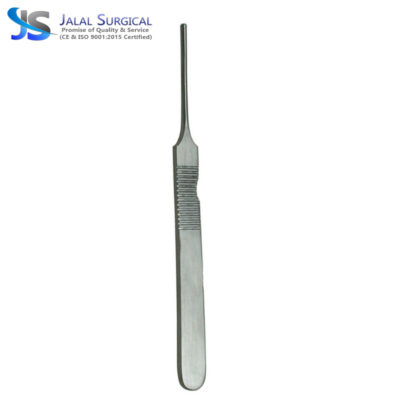
Jalal Surgical Male Circumcision Kit – Your Trusted Solution for Safe and Seamless Procedures
Circumcision Instruments Set are available for sale at Jalal Surgical, Premium Quality with German Stainless Steel material. The instruments within the set are crafted with precision and attention to detail, ensuring the safety and comfort of the patient during the procedure. With their sterilized and durable construction, these medical equipment contribute to the overall success and safety of circumcision, emphasizing the importance of quality instrumentation in urological practices.



